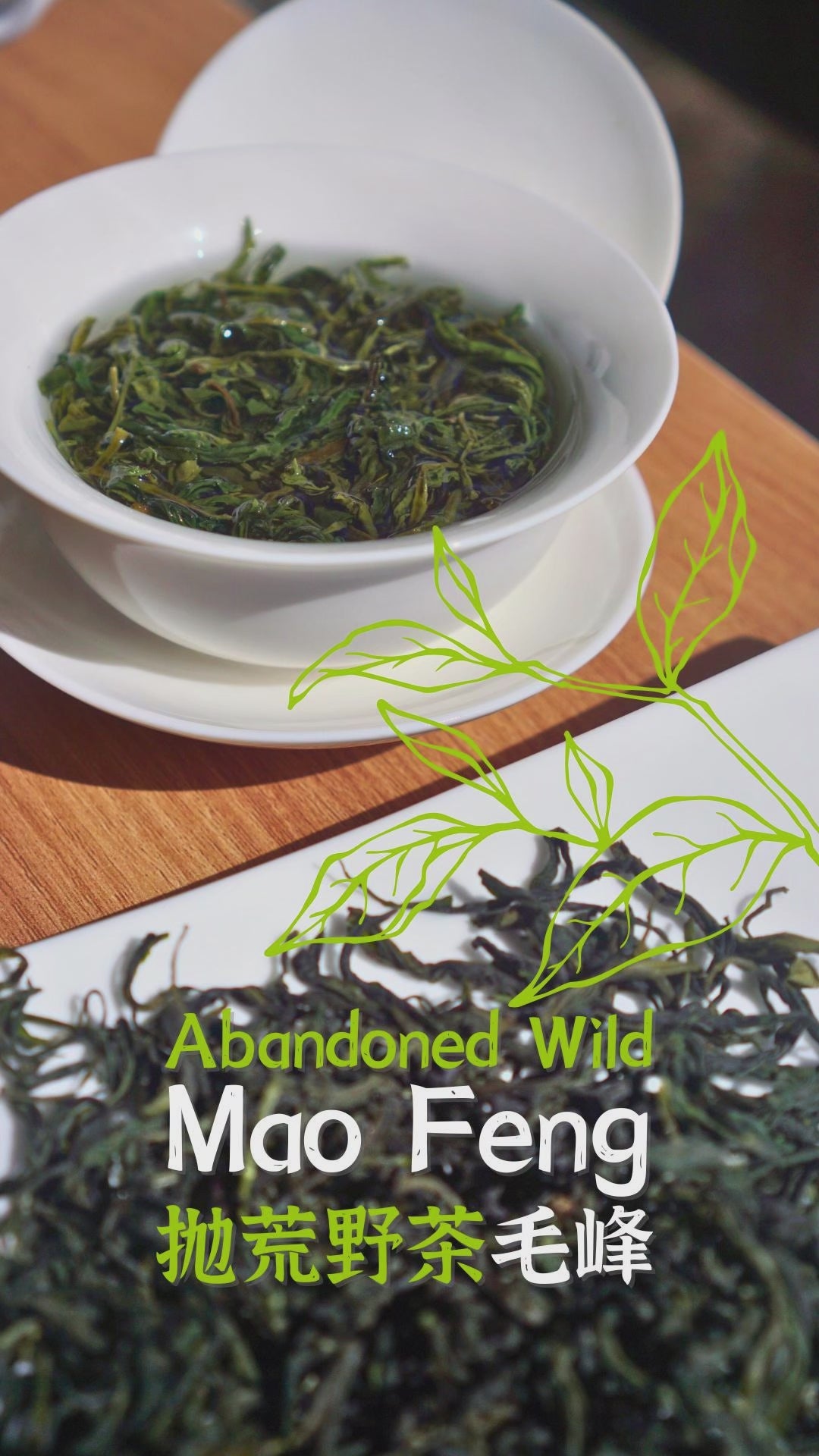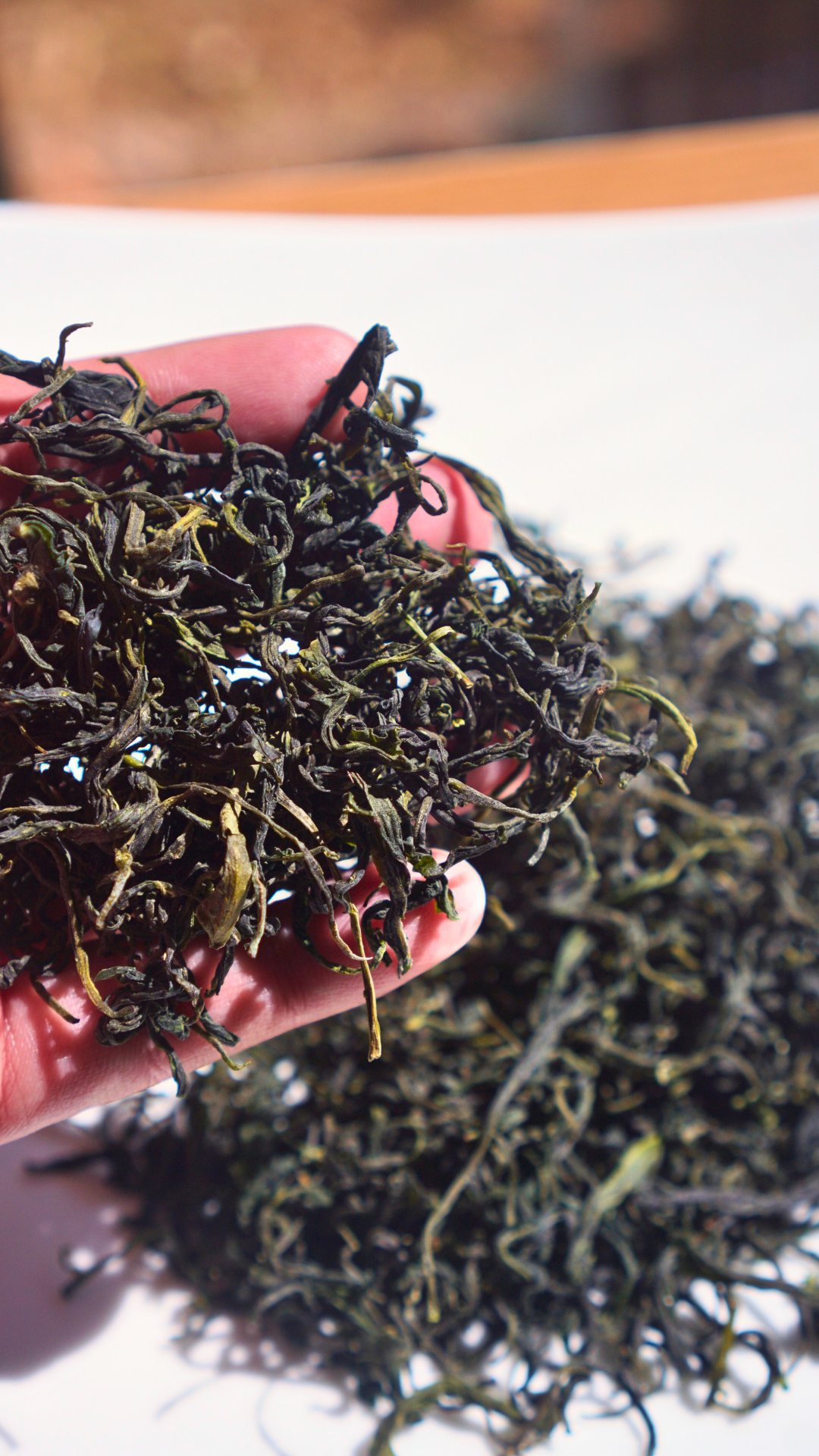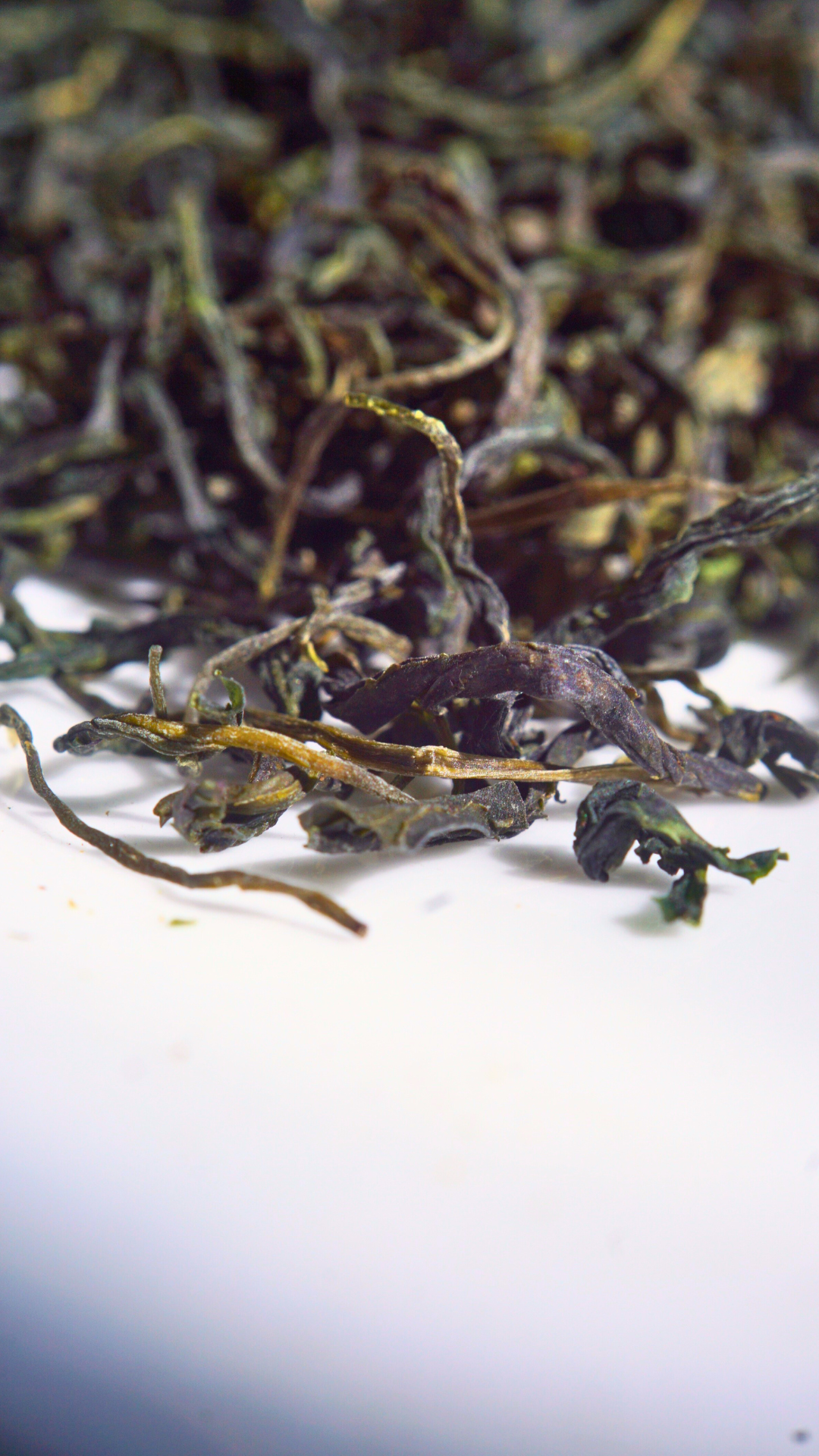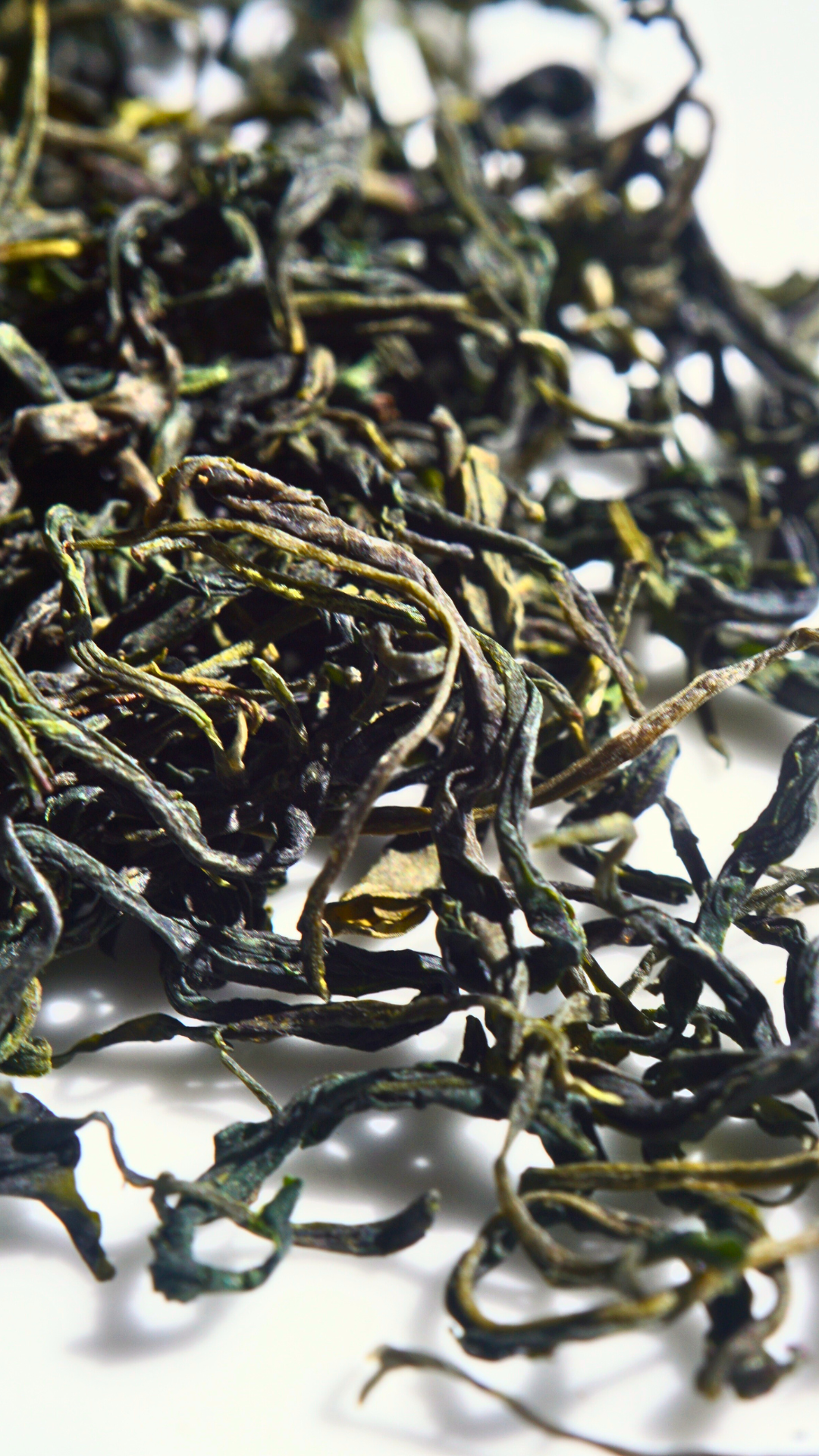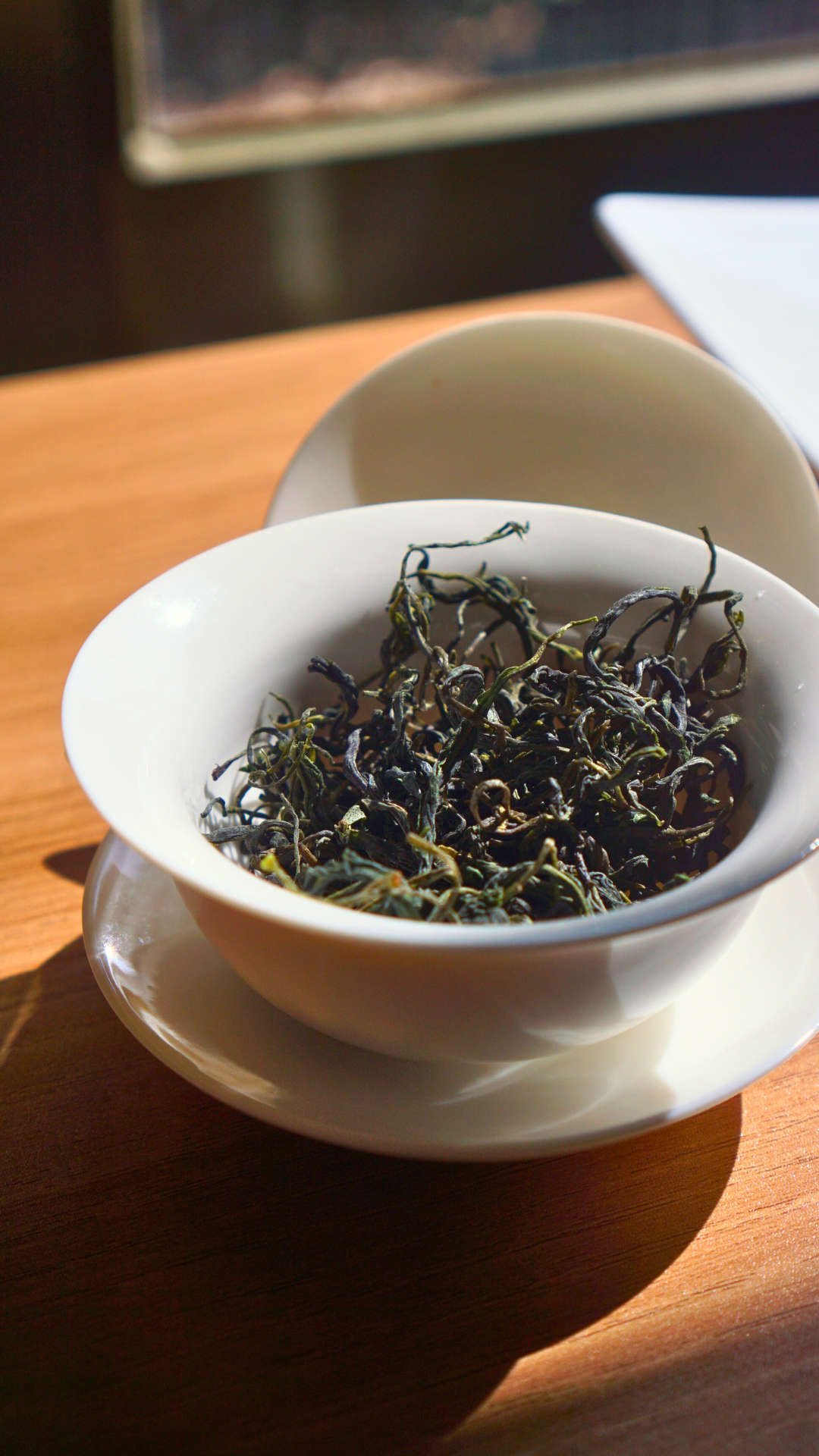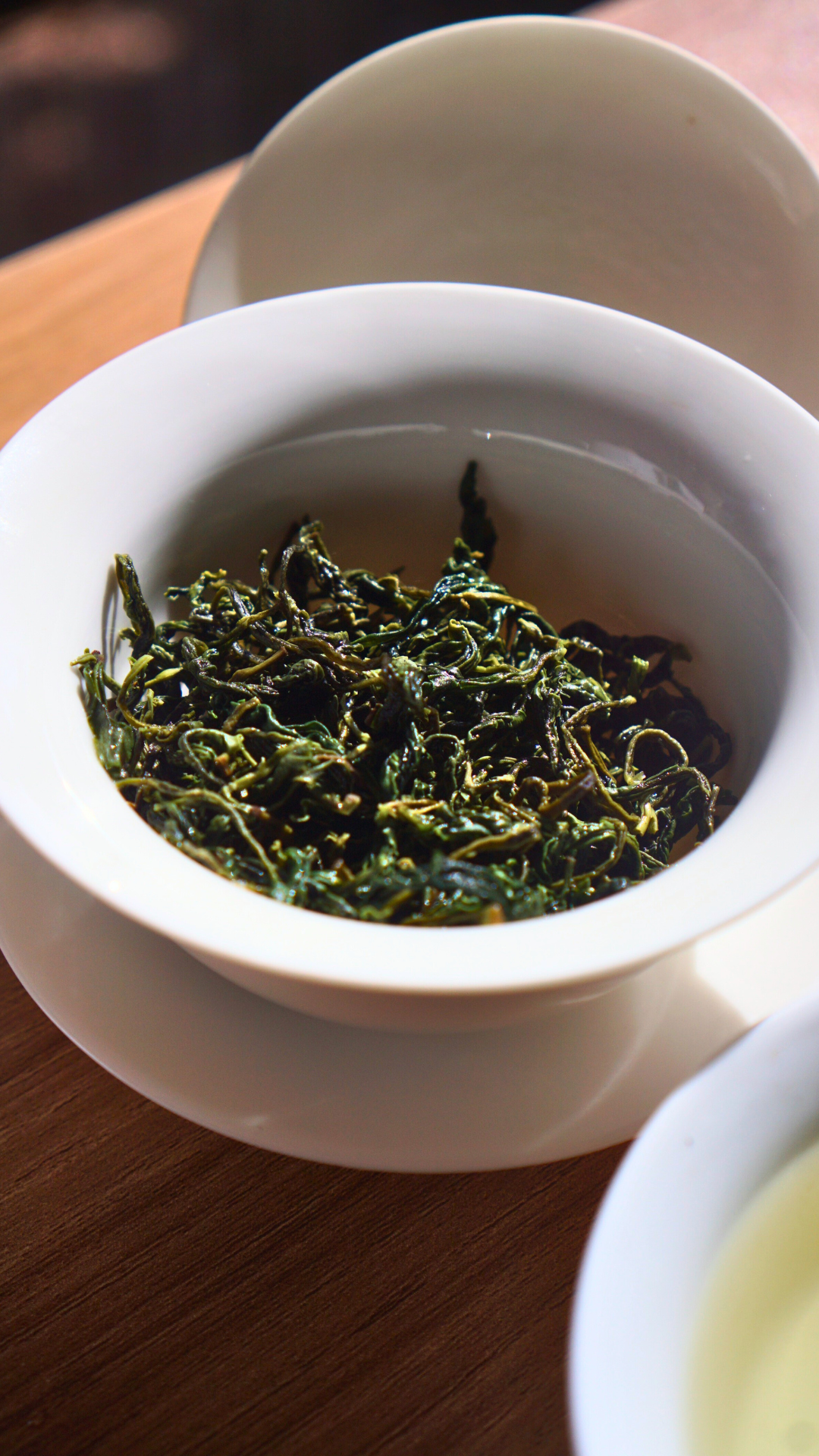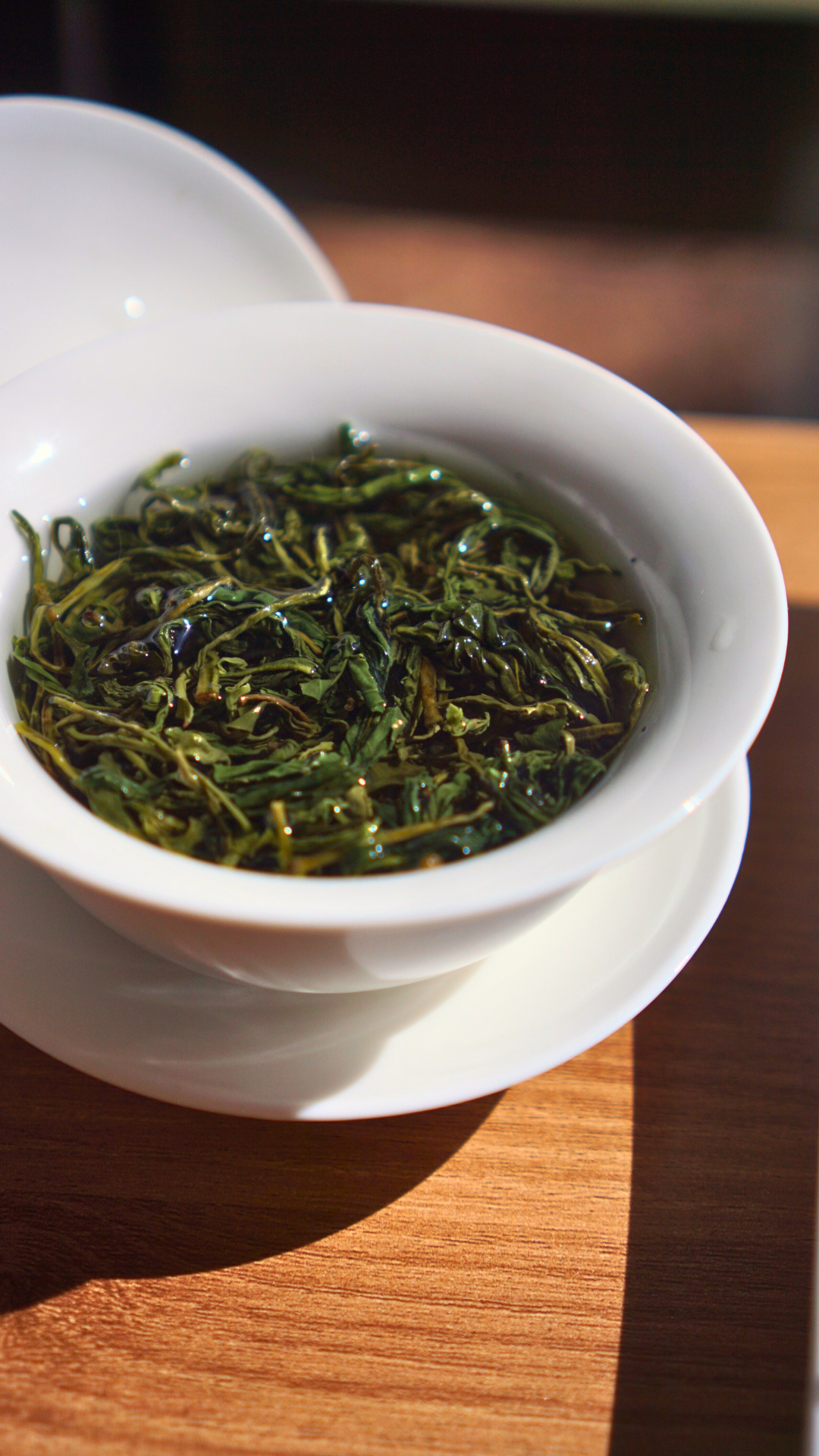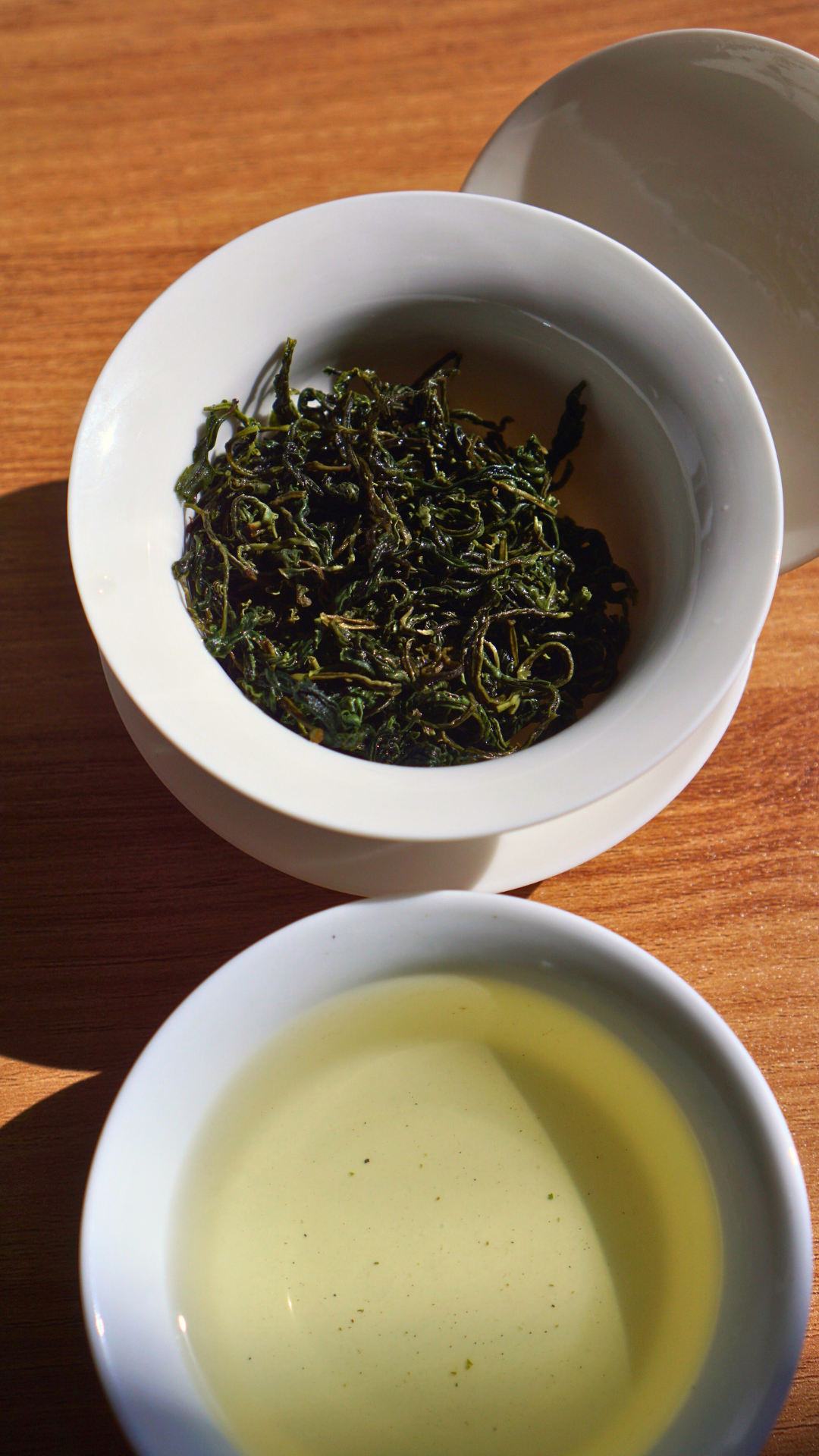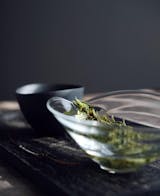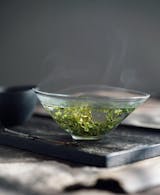Abandoned Bushes Wild Mao Feng
Abandoned Bushes Wild Mao Feng
抛荒野茶毛峰
What is "abandoned wild tea"?
In the past, there were many tea farmers, and as large tea-growing areas were developed, the mid-mountain regions filled up first. Farmers who hadn’t yet developed their own tea gardens had to continue climbing higher into the remote mountains to find suitable places for planting tea trees.
Later, with the economic downturn and sluggish sales, many tea farmers could no longer sustain their operations. They either moved to the cities to work or took up other livelihoods, and many tea gardens were abandoned.
The tea farmers who continued to grow tea relocated their gardens in the deep mountains to more manageable locations, no longer traveling far distances daily to harvest tea.
The tea gardens in the remote mountains were abandoned, leaving once-carefully nurtured tea trees in the wild, overgrown with weeds, left to grow unchecked, and fend for themselves.
After years, decades, or more, through harsh seasons of frost and intense sunlight, and under the natural law of survival of the fittest, only a small number of tea trees survived. These trees, resilient, tenacious, and wild in character, coexisted with flowers and birds, danced in the wind and rain, and absorbed all the sounds of nature.
These "wild teas," naturally grown without human intervention, are scattered and not concentrated in any one place. Harvesting wild tea requires traveling long distances into remote areas, often with no proper paths. Additionally, wild tea grows slowly, and its usable leaves are sparse. After a whole day, only a few pounds of fresh tea leaves can be collected.
This particular abandoned wild tea is harvested from Wugong Ridge(蜈蚣岭) in She County(歙县), at an altitude of over 800 meters. The surrounding area is encircled by mountains, with peaks winding and twisting, shrouded in clouds and mist all year round. This area is known as the "mountain-top hamlet." From a high vantage point, houses are scattered among the mountains, evoking a peaceful feeling of "dwellings hidden in the depths of white clouds."
The first impression this abandoned wild tea leaves is its "rich yet pure" flavor. Grown without chemical fertilizers, its taste is especially authentic and free of impurities.
During harvesting, there is no pursuit of tender leaves; buds and leaves with stems are picked together.
The tea is only harvested once a year to allow enough time for the leaves to grow and accumulate nutrients. As a result, this wild Maofeng tea is particularly durable for steeping. High-grade Maofeng tea is typically steeped three times, but this wild Maofeng tea retains its fragrance and flavor even after five infusions. Naturally grown, it carries a rich and intense aroma, so even novice tea drinkers can notice its distinctiveness.
The dried tea leaves are curled, roughly textured with some fine strands. Their color is deep green interspersed with lighter green hues, possessing the characteristic grassy aroma of pan-fried green tea along with a nutty scent. The tea liquor is thick and has a chestnut fragrance, with a fresh, smooth, and satisfying mouthfeel.
It is very durable for steeping. For brewing, you can use the method typically used for oolong tea, adding 5 to 7 grams of tea into a Gaiwan. Increase the water temperature to 95 degrees Celsius, and steep for 5 to 10 seconds per infusion. It can be steeped about seven times.
Picking and Processing
Picking and Processing
Before Xiazhi(夏至), local tea farmers go deep into the mountains to harvest. The focus during picking is not on tenderness, as the buds, leaves, and stems are all harvested together.
Only one batch is harvested each year, giving the tea leaves enough time to grow and accumulate sufficient nutrients before being picked. Generally, local tea farmers collect all wild tea leaves and process them uniformly.
To ensure quality and freshness, tea leaves picked in the morning are processed in the afternoon, and those picked in the afternoon are processed that same night.
After the freshly picked leaves are brought back, the first step is sorting, removing buds, leaves, and stems that do not meet the standards. The leaves are then spread out for processing, which primarily consists of steps such as fixation (kill-green), rolling, and roasting (divided into initial roasting and final firing). Once sufficiently dried, the final firing is carried out, and the tea is packed while still warm.
Brewing
Brewing
For brewing, you can use the method typically used for oolong tea, adding 5 to 7 grams of tea into a Gaiwan. Increase the water temperature to 95 degrees Celsius, and steep for 5 to 10 seconds per infusion. It can be steeped about seven times.
Green Tea Storage
Green Tea Storage
It's recommended to store about 50g of green tea in sealed bags in a cool, dark cabinet or drawer for daily use. If room temperature is high, refrigerate at 0-5°C. Store remaining tea sealed in the freezer. This way, green tea can maintain its flavor for up to 2 years.
First, high temperature is the biggest concern in storage. For tea leaves, especially green tea, temperature is the most crucial factor to monitor. This is mainly because high temperatures accelerate the degradation of chlorophyll in green tea, continuously converting it into pheophytin, causing the color to turn dark brown. Research shows that for every 10°C increase in temperature, the rate of browning accelerates 3-5 times, and tea leaves easily become stale. Additionally, high temperatures intensify the auto-oxidation of tea polyphenols, dramatically reducing their content and thereby decreasing the tea's value.
Second, light exposure is another factor to avoid when storing green tea. Especially during summer and autumn when light is much stronger than in other seasons, improper storage can cause plant pigments and lipids in green tea to undergo chemical reactions, producing various off-flavors and resulting in a sun-damaged taste.
Third, foreign odors must be avoided. Particularly in summer and autumn when temperatures are generally higher, items tend to emit strong odors during storage, and green tea easily absorbs these odors, leading to deterioration. Therefore, isolation from foreign odors is essential during storage.
Finally, oxygen is the root cause of off-flavors in almost all stored items. This is because oxygen can catalyze or play a crucial role in many chemical reactions. Tea polyphenols in green tea are strong antioxidants, making them highly susceptible to oxidation. After oxidation, the brewed tea turns deep yellow and loses its fresh green tea aroma.
Common Storage Methods for Green Tea
1. Plastic Bag and Aluminum Foil Storage Method: Choose food-grade plastic bags with seals, preferably those with high density and good material quality. Avoid using scented or recycled plastic bags. After placing tea in the bag, squeeze out as much air as possible. Using a second plastic bag in reverse direction is even better. Clear plastic bags should avoid sunlight exposure. Aluminum foil bags work on similar principles. Additionally, divide purchased tea into separate sealed bags, store them in the refrigerator, and brew in batches to minimize air exposure after opening, thus slowing quality deterioration.
2. Metal Container Storage Method: Choose iron, stainless steel, or dense tin containers. For new containers or those previously used for other items with residual odors, place some tea powder inside, close the lid, shake in all directions to wipe the inner walls, then discard to remove odors. Double-lidded stainless steel tea containers available in the market are convenient and practical. Using clean, odorless plastic bags inside metal containers with tape-sealed lids is even better. Metal containers with tea should be kept in cool, shaded places away from direct sunlight, odors, moisture, and heat sources. This prevents rust and slows tea aging and deterioration. Tin containers are particularly effective at preventing moisture, oxidation, light exposure, and odor absorption.
3. Low-Temperature Storage Method: Maintain tea storage environment below 5°C using refrigeration or freezer storage. Note that for storage periods under six months, refrigeration at 0-5°C is most economical and effective; for periods over six months, freezer storage (-10 to -18°C) is better. Tea should be properly packaged and completely sealed to prevent odor absorption. When purchasing large quantities, divide into small packages (containers) before refrigeration/freezing, and remove only the amount needed for brewing. Avoid repeatedly freezing and thawing the same package.
- Loose Green Tea
- 500g/pouch
- Free Shipping
Couldn't load pickup availability
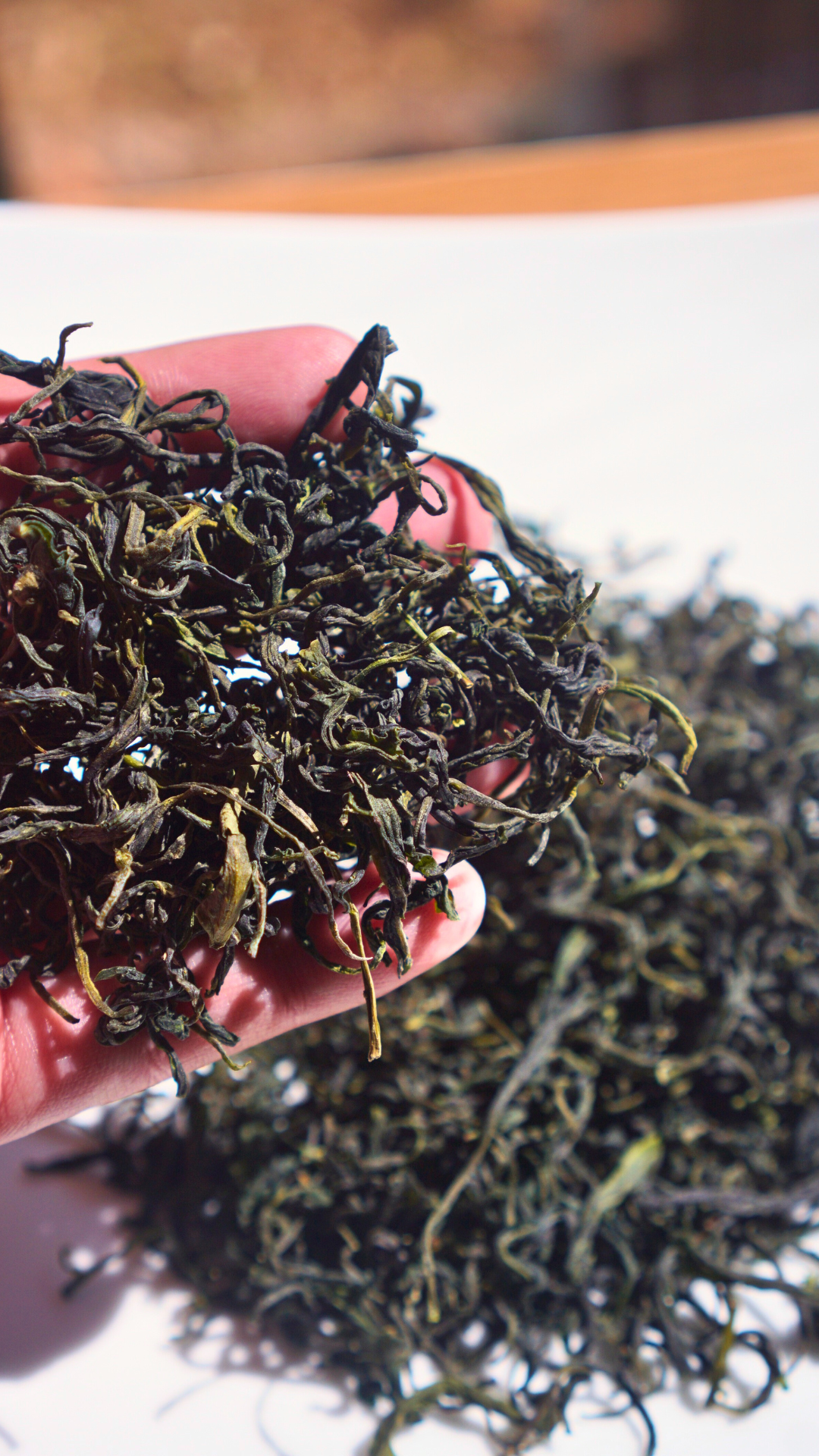
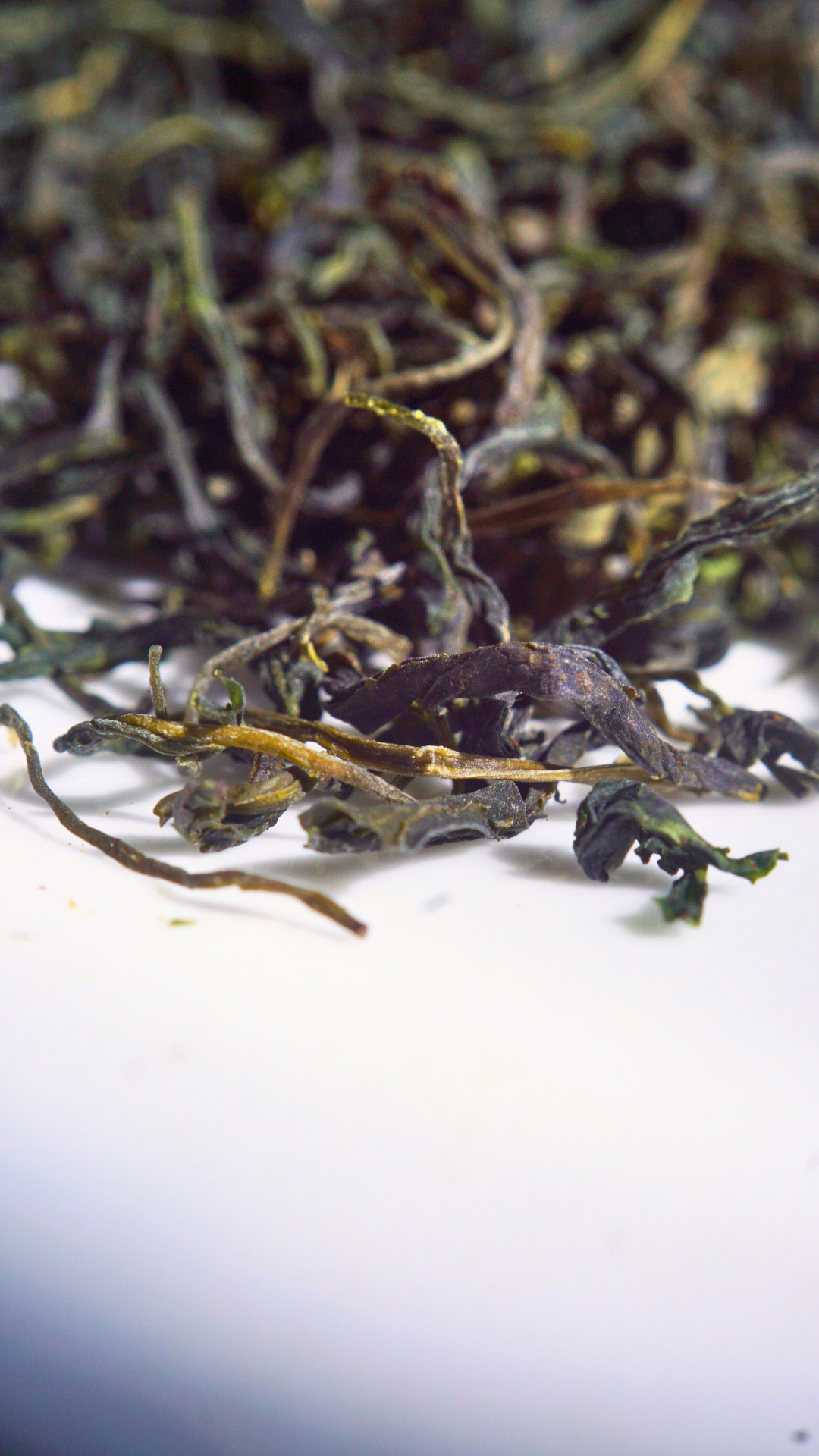
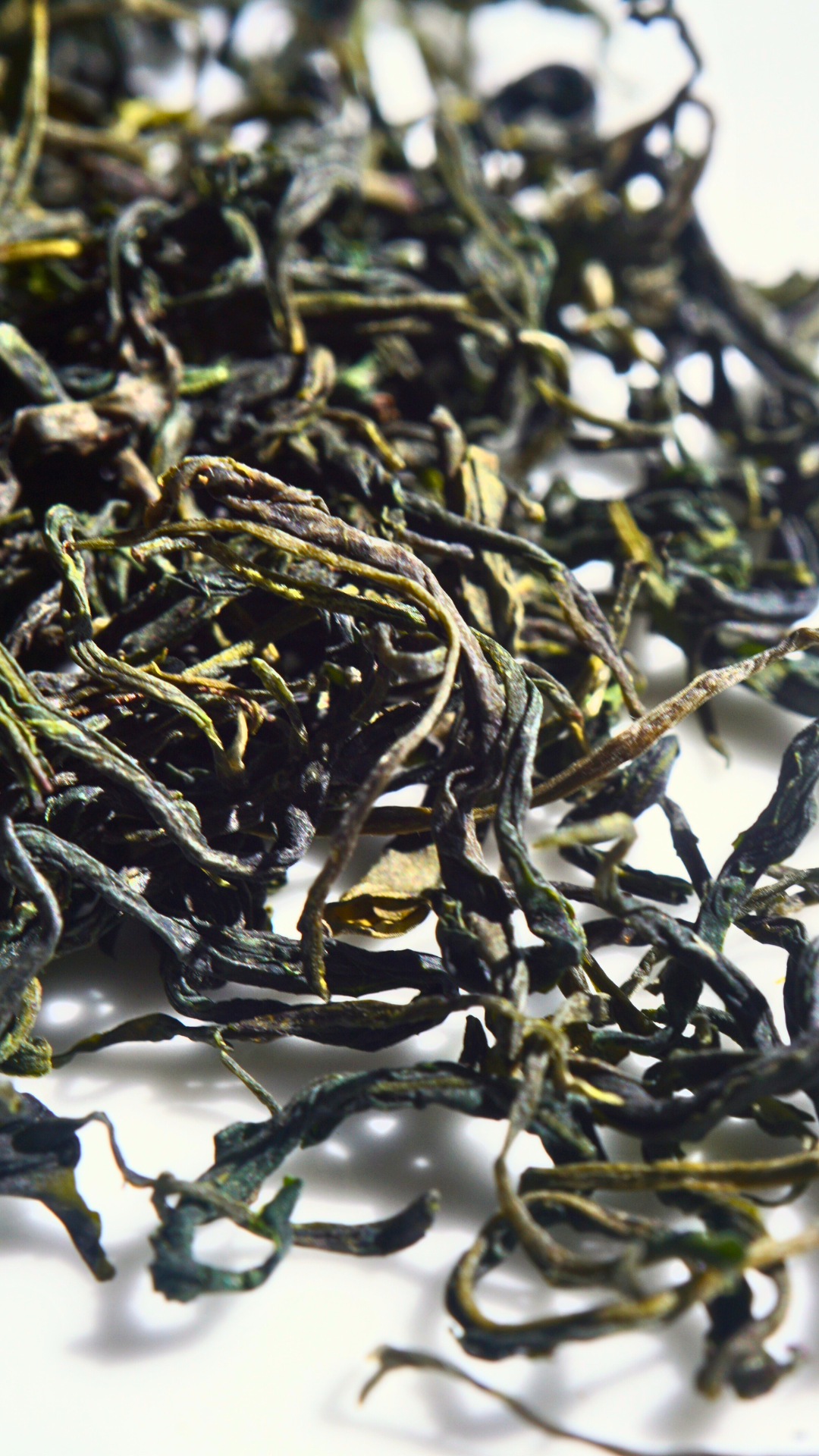
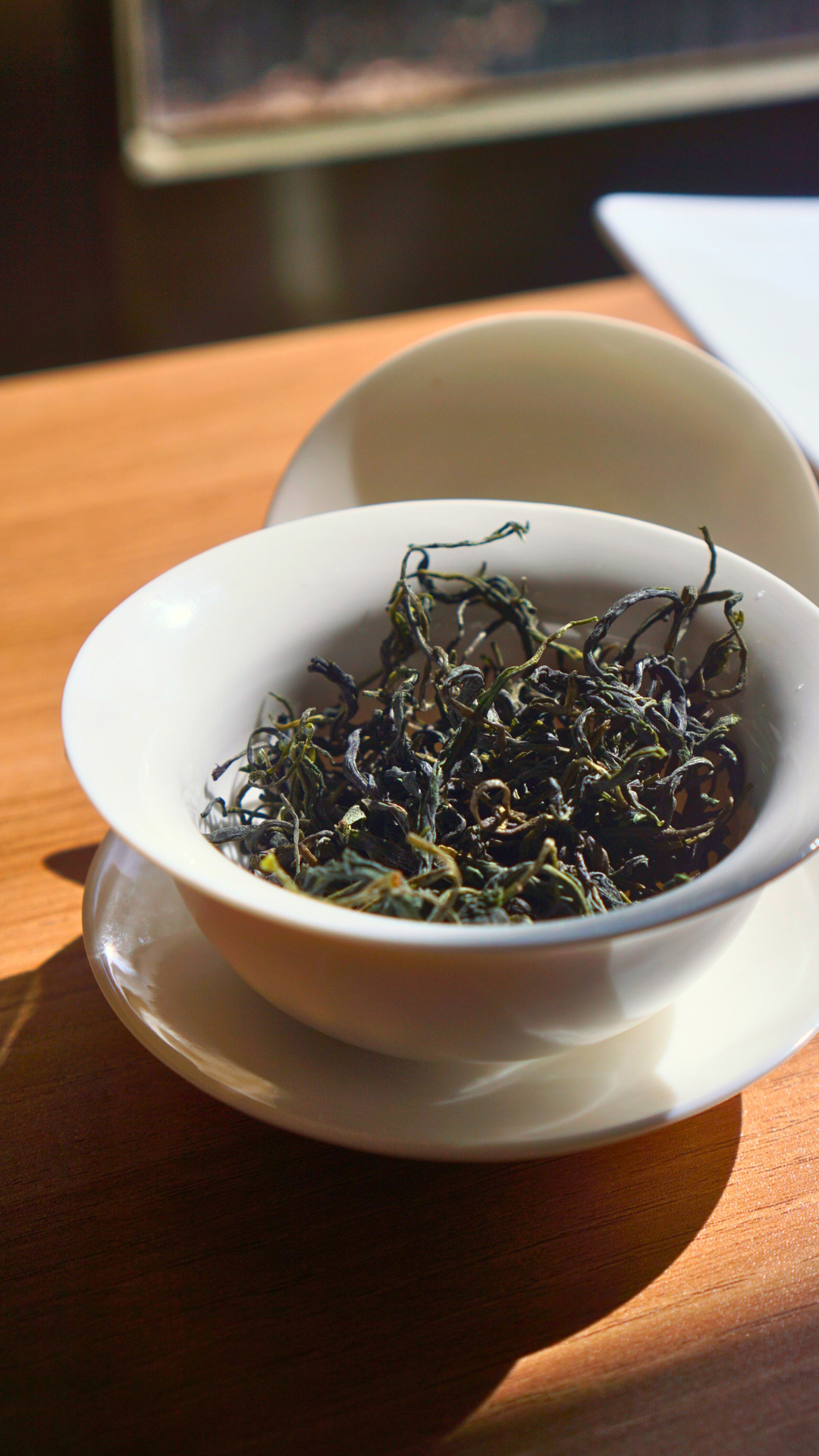
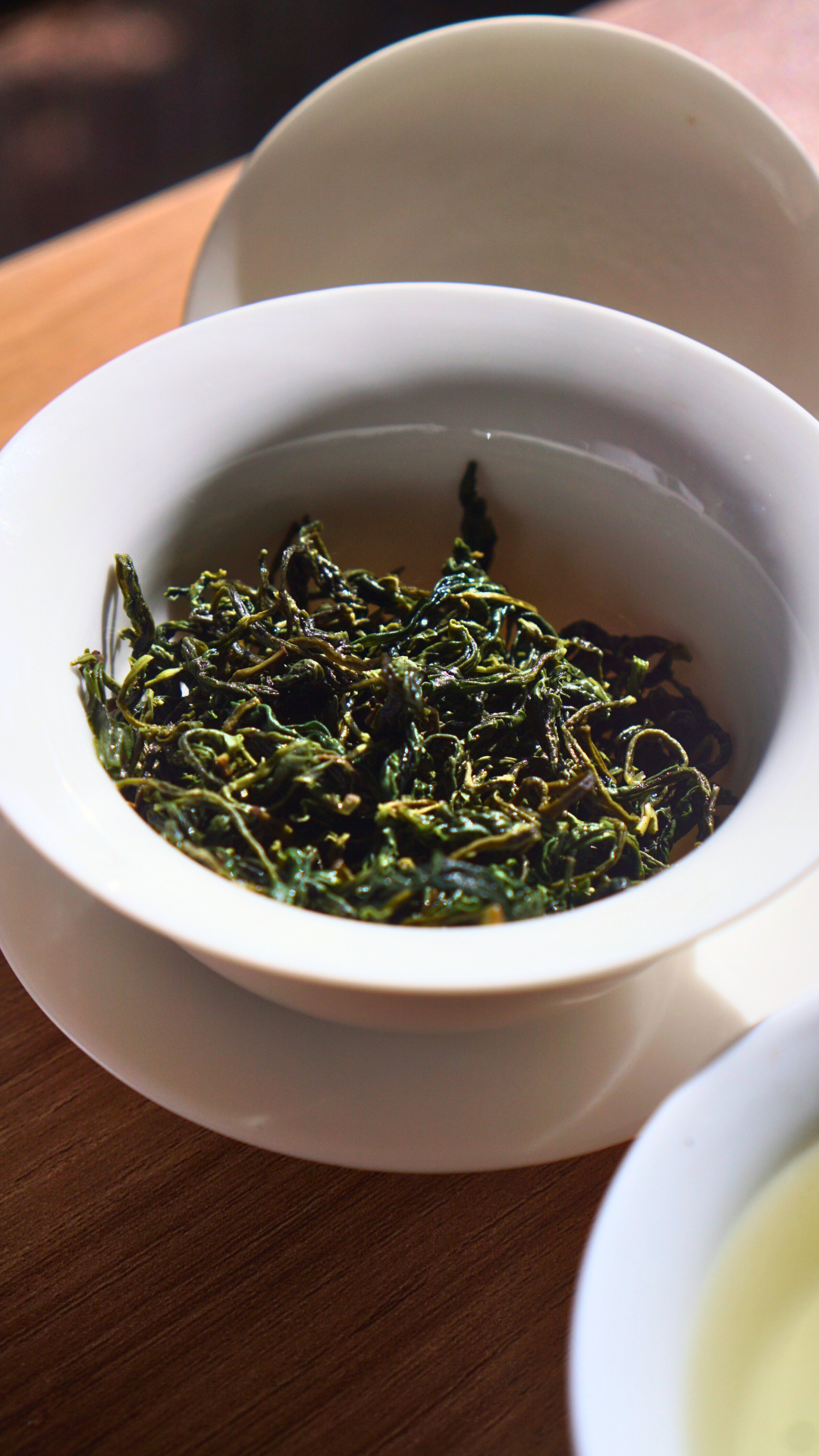
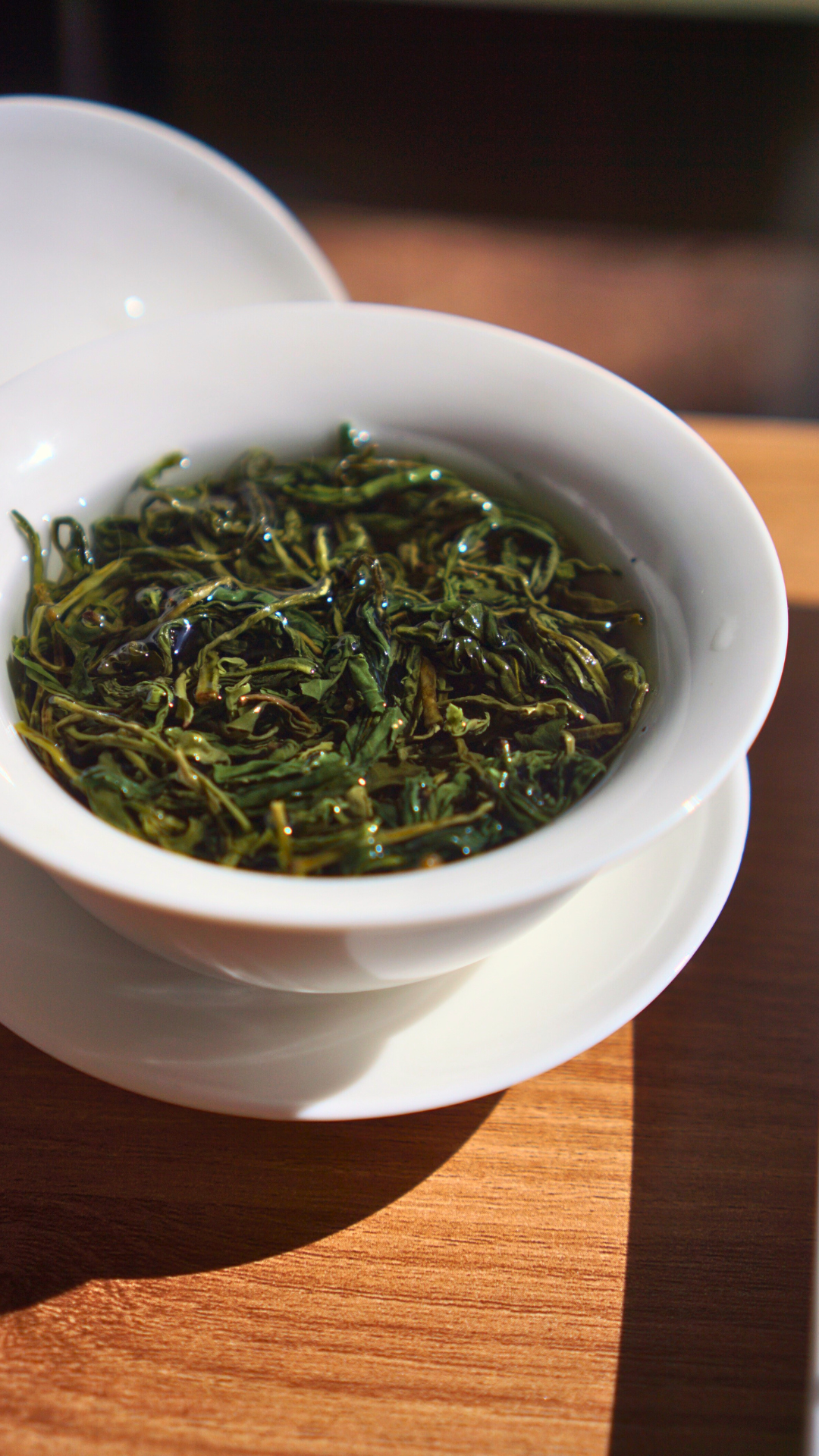
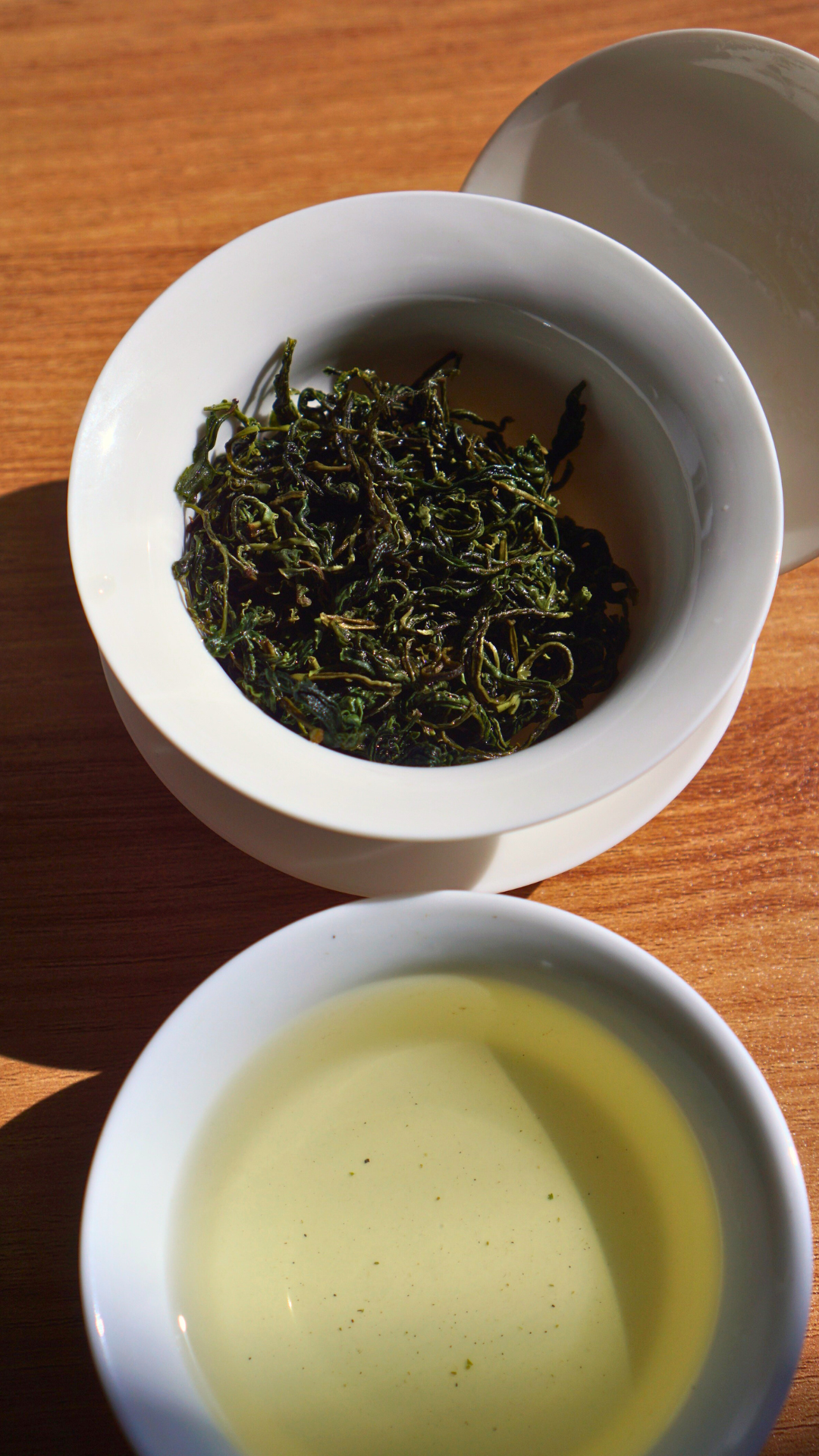

It has a delicate fragrance, with a hint of roasted green tea flavor. Brewed with low-temperature water, the tea has a light color and a fresh, refreshing taste.
我哋祖屋嗰啲茶啊,我太爺爺以前仲整過呢種茶喇,啲品質真係比我喺淘寶買嗰啲好好多呀~發貨就有啲慢啦,如果可以快啲就最正喇~多謝你哋送嘅細罐罐,好可愛呀~
This wild tea mao feng is fantastic! I like to brew it the same way you would with oolong tea. It has a refreshing aroma and a subtle nutty taste. A few cups in the morning are a great way to feel energized.

